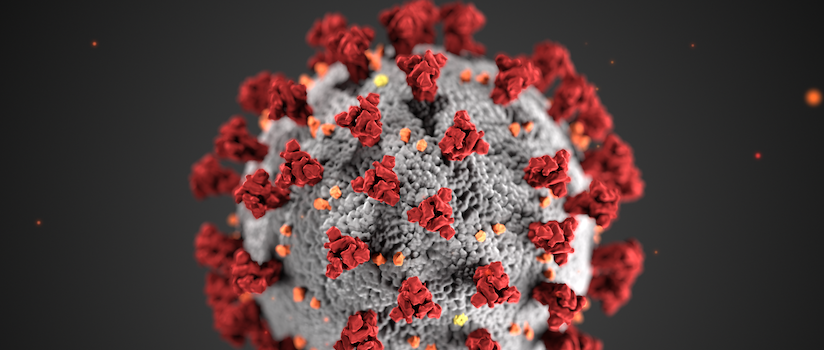Project Synopsis
This project examines the inequality in response, impact, and livelihood recovery for the millions of Americans affected by the COVID-19 pandemic. The project analyzes spatial and temporal data on response and impacts (confirmed cases, mortality, protective action guidance) to ascertain whether the observed county geographic patterns correspond to underlying social vulnerability and disaster resilience using public data from January 1, 2020, through December 31, 2020. The research further examines geographic disparities in livelihood recovery, especially so-called "cold spots", where unemployment does not return to pre-pandemic levels. South Carolina is used as a test case for the methodology using the March-Labor Day time frame.
Publications
Huang, Qian, Sarah Jackson, Sahar Derakhshan, Logan Lee, Erika Pham, Amber Jackson, and Susan L. Cutter, 2021. Urban-rural differences in COVID-19 exposures and outcomes in the South: A preliminary analysis of South Carolina. PLOS ONE Online February 3, 2021.
Jackson, Sarah L., Sahar Derakhshan, Leah Blackwood, Logan Lee, Qian Huang, Margot Habets, and Susan L. Cutter, 2021. Spatial disparities of COVID-19 cases and fatalities in United States counties, Intl. Journal of Environmental Research and Public Health 18 (16), 8259. Online August 4, 2021. https://doi.org/10.3390/ijerph18168259
This work is partially supported by a COVID-19 Research Initiative grant from the Office of the Vice President for Research at the University of South Carolina.
